Sharks first evolved in the Silurian period, about 420mya, though some remains may date to the Ordovician, thirty million years earlier. The latter are disputed. These Silurian sharks are generally known from scales, and we know they look very different than modern sharks, contrary to popular belief that sharks have kept the same general body shape for 400 million years.
One of the best known of the primitive sharks was Cladoselache (above), known from 370mya. Up to 6ft long, this shark was a speedy, agile predator; sharing the sea with the behemoth Dunkleosteus. With a bus-sized monster with a bite force that could crush a car, it was important to be quick. Stomach contents of been preserved from this shark, and show it ate ray-finned bony fish (which comprise nearly 96% of the 25,000 species of fish), shrimp-like fish, and hagfish-like protovertebrates. It lacked claspers and might have bred through internal fertilization, though this is unknown at the moment.
© Nobu Tamura
© Dmitry Bogdanov
Also arising during the late Devonian, about 385mya, was the small family Stethacanthidae, with both known members represented above. On top is the younger Akmonistion, while Stethacanthus is represented on the bottom. The latter lived from the Late Devonian to the Early Carboniferous, a very long time for one genus to exist. Akmonistion, however, is only known from the Early Carboniferous of Scotland, once placed in Stethacanthus. Both are known for their "ironing-board" or "anvil fins", covered in small spike-like denticles; the head was as well. They also had large spines by their pectoral and pelvic fins. The purposes of the "anvil fins" are unknown, perhaps used in mating rituals or to intimidate possible predators.
Unknown artist
©Dmitry Bodganov
Unknown artist
The stethacanthids were part of an extinct order known as Symoriida; split into two more families, Falcatidae and Symoriidae. Shown here at the top as they were fossilized, the falcatid Falcatus was a small (10-12in) shark with large eyes and a prominent fin spine that curved over the head in the males. They have been found in Missouri and Montana from 335-318mya. The bottom two, Symmorium and Cobelodus (both symoriids) were known from the Carboniferous, both around 4-6.6ft long. The latter has been found in the author's home state, Illinois, as well as the less cooler Iowa. It was thought to have inhabited the deeper parts of the sea, due to their large eyes.
Unknown artist
The xenacanthids also came into existence during the late Devonian, and survived into the late Triassic. Four genera are known but all were rather similar to the above Xenacanthus, with minor variations. Xenacanthus was the earliest xenacanthid, and the last to die out as well. A meter long, with an eel-like body and from freshwater, it would have been a lithe predator, with unusual V-shaped teeth that were probably used to feed on crustaceans and heavily scaled fish.
© Nobu Tamura
The hybodontids were the last (now-extinct family) to appear during the Devonian, lasting the longest into the late Cretaceous. Hybodus itself, seen above, lived from 260-100mya, a temporal range dating from the late Permian to the early Late Cretaceous. Along with animal such as dicynodonts, it survived the greatest mass extinction of all time, the Great Dying. One of the most popular extinct sharks, it made an appearance in Walking with Dinosaurs and Sea Monsters, and also appeared in a Karen Carr-illustrated book Jurassic Shark (inaccurately portrayed going after and living among Elasmosaurus (this in itself would not be too bad, except the story is set in the Jurassic). They would have caught slippery fish and hard-shelled prey, possessing two different types of teeth and was 6.6ft long. Other hybodontids were able to live in freshwater and one genus even lived in Hell Creek (as seen below on the middle left), though of marine origins.
© Tom Parker
Tomorrow we review more prehistoric sharks, from more modern orders. Stay tuned.
-------------------------------------
None of the images, especially those unmarked or marked as "unknown artist" are not property of the author and are used here for comparative purposes only.

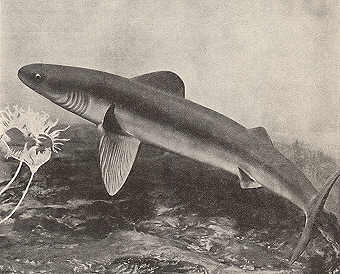


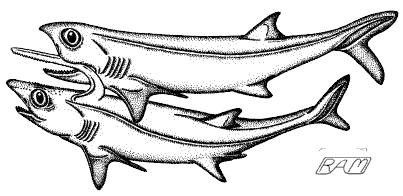
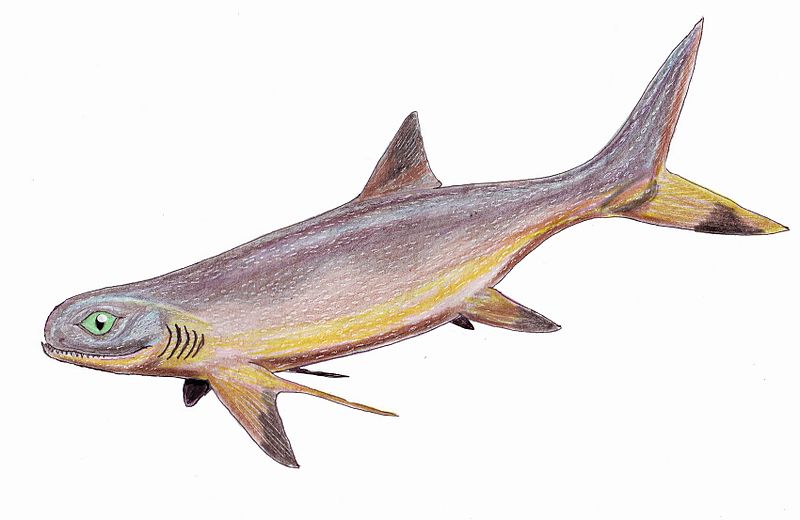
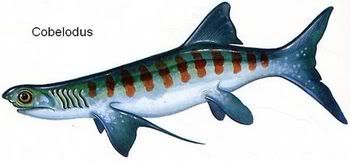

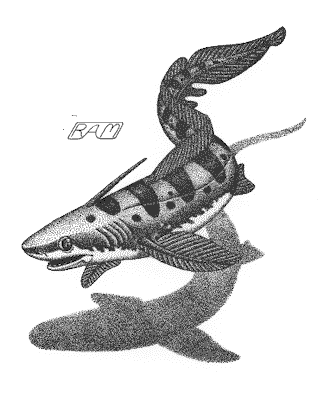
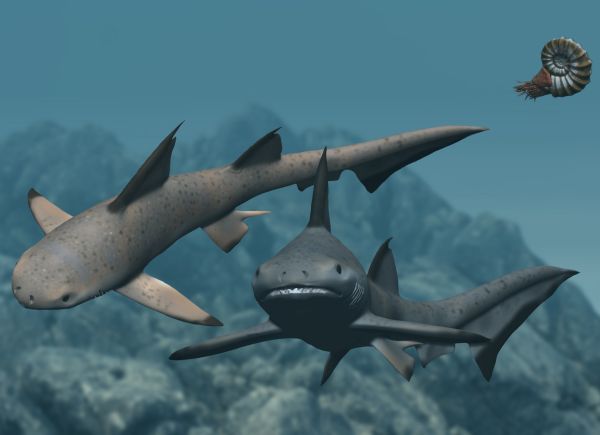
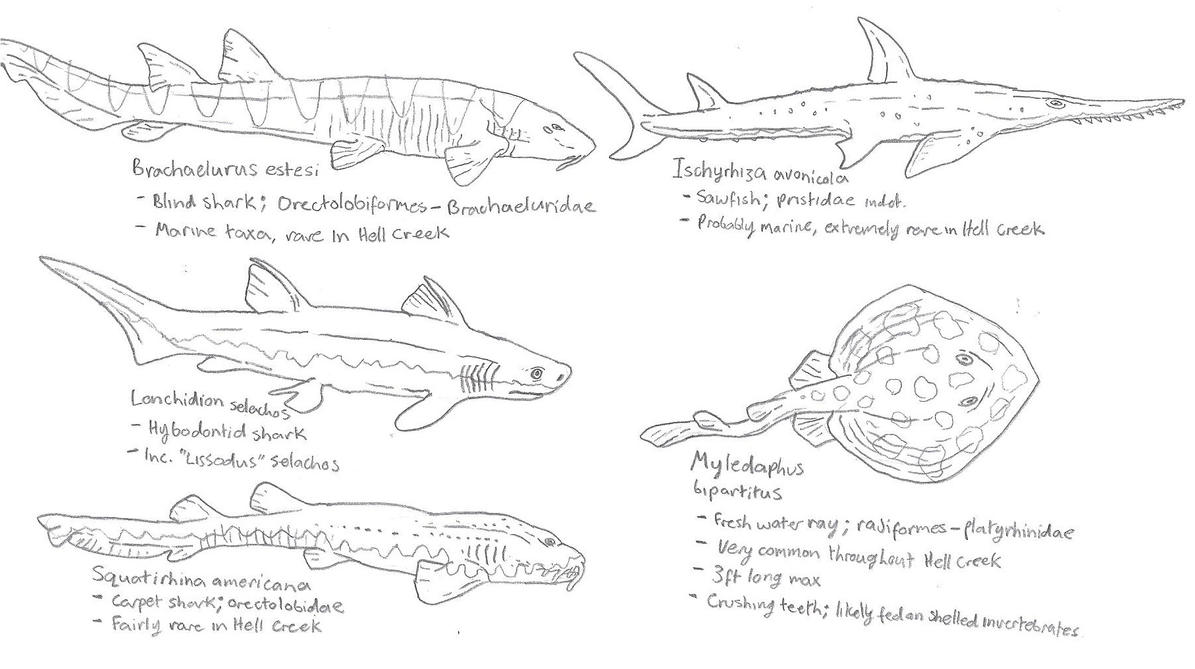
No comments:
Post a Comment